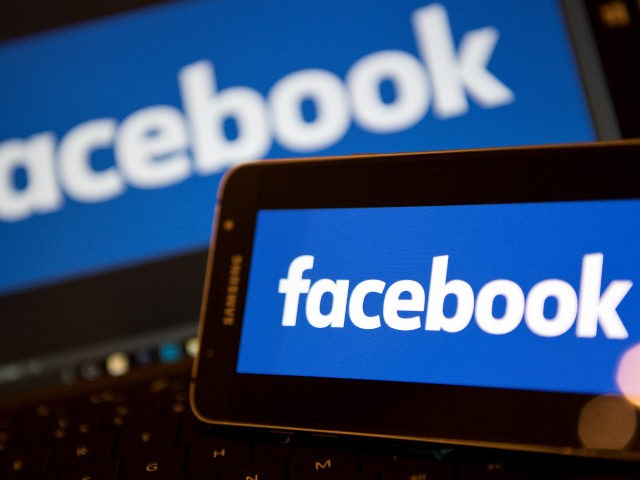Advertisers are increasingly skeptical of using Facebook messages to connect to the public, even after Facebook took credit last week for squashing a couple of large spammer networks using fake accounts to generate automated bot “detection systems” and “friend” requests.
Facebook (NASDAQ:FB) announced that because of technical advances that it made in its detection systems, it was able to break-up two big spammer networks, including one that stretched across the predominantly Muslim nations of Bangladesh, Indonesia and Saudi Arabia. The networks used sophisticated techniques to redirect their messaging traffic through proxy servers around the world in a clever effort to disguise their centralized identity and location.
Taking down “fake likes” is a huge issue for advertisers that paid Facebook about $27 billion last year in order to message and data mine the social network’s users. Most sophisticated advertisers measure their campaign effectiveness and pay Facebook performance premiums based on the level of likes, engagements, and posted likes they generate.
According to Zephoria Digital Marketing, 42 percent of U.S. marketers view Facebook as critical or important to their business. Facebook has tried to reassure advertisers that of their 1.86 billion monthly active users that generate over 10 million likes per day, 300 million likes per month, and 3.6 billion likes per year, only 86 million users are fake.
Shabnam Shaik, Technical Program Manager on the Facebook Protect and Care Team, posted on the company’s website that shutting down the spammers would only remove 3 percent of “inauthentic likes” on popular sites with 10,000 or more likes.
But if it is reasonable to guess, based on their sophisticated use of cloaking techniques to hide their identity, that the two spammers have been around for at least three years, advertisers could have paid Facebook for up to about 307 million fake likes.
The effort to better police the Facebook user base comes after a September 2016 Wall Street Journal exposé revealed that Facebook had been systematically overstating, by 60 to 80 percent, the length of time that its users stayed tuned to paid video ads.
Following the takedown of the spammers, Facebook posted: “Protecting authenticity is an ongoing challenge – one that requires vigilance and commitment. Staying ahead of those who try to misuse our service is a constant effort led by our security and integrity teams, and we know this work will never be done.”

COMMENTS
Please let us know if you're having issues with commenting.